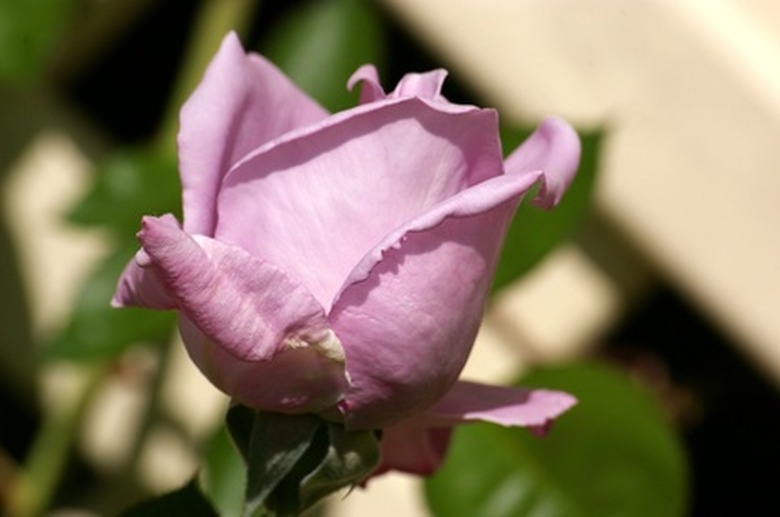Information On Blue Moon Roses
Blue moon roses are unusually colored roses that were initially introduced to the world in 1965. The roses are not an authentic blue, and resemble more of a pale lilac color instead. They are hybrid tea roses and are part of the Rosa genus. Blue moon roses are characterized by their long stems and are larger than many other varieties of roses, with raised centers. They are highly fragrant with scents that are similar to sweet tea. These roses bloom from summer all the way into autumn.
Appearance
Blue moon roses have a soft lilac color (the lilac leans toward a bluish tone) and are big, with between 17 and 25 petal blooms. Their blooms are about 4 inches in length and blue moon rose bushes grow to be between 3 and 5 feet in height, and 2 and 3 feet in width.
- Blue moon roses are unusually colored roses that were initially introduced to the world in 1965.
- Blue moon roses have a soft lilac color (the lilac leans toward a bluish tone) and are big, with between 17 and 25 petal blooms.
Sun
Blue moon roses require above average levels of sun to thrive. They prefer to be cultivated in regions with warmer climates. These roses can be grown either in a container or in the ground.
Hybrid Tea Roses
Blue moon roses are categorized as hybrid tea roses, which means that they are a combination of standard tea roses and hybrid perpetuals. Hybrid tea roses are some of the most celebrated flowers on the planet. New types of hybrid tea roses are introduced to the flower world every year.
Pruning
Blue moon roses should be pruned during the spring. Old canes must be eliminated and diseased or dead wood needs to be cut back. In warm areas, it is necessary to cut back any leftover canes by approximately 1/3. Cold areas require a bit more pruning.
- Blue moon roses require above average levels of sun to thrive.
- Blue moon roses should be pruned during the spring.
Uses
Blue moon roses are very popular in floral arrangements. They are beneficial for flower arrangements due to their bigger stems and high centers, which also allow for larger vases. These roses thrive best when planted by sheltered walls or near fences.
